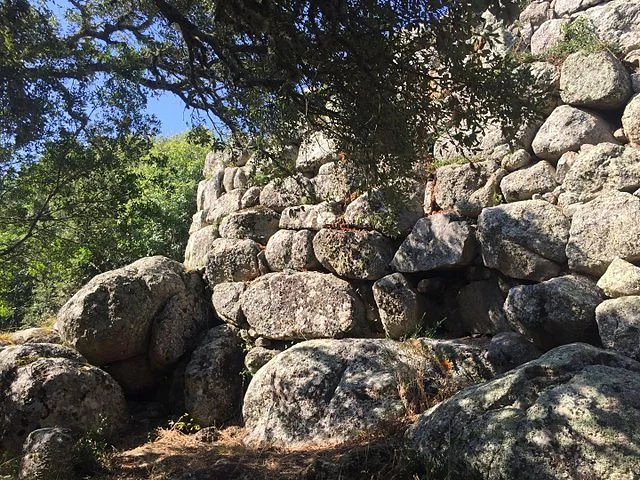Nuraghe Majori stands as one of Sardinia’s most well-preserved and significant prehistoric sites. This large stone tower, located near Tempio Pausania in northern Sardinia, serves as a reminder of the Nuragic civilization, which thrived on the island from the Bronze Age (roughly 1800 BC) to the Roman period. Archaeologists study Nuraghe Majori and other similar structures to understand Sardinia’s ancient societies and their architectural advancements.
Get your dose of History via Email
Architectural Design of Nuraghe Majori
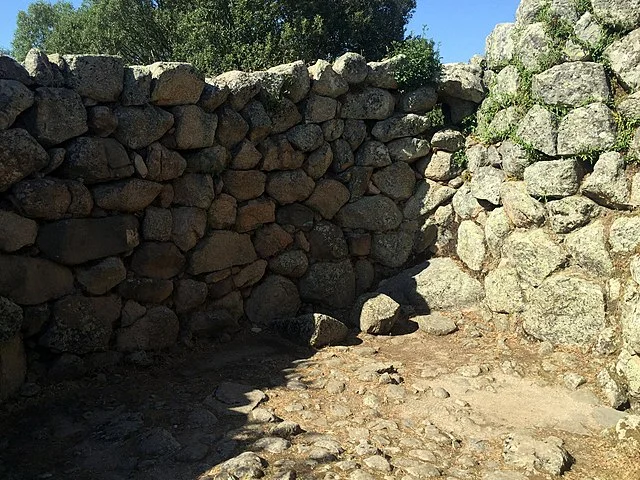
Nuraghe Majori is a classic example of Sardinian nuraghi, known for its massive stone construction. This structure, built with local volcanic rocks, stands approximately 15 meters high. Nuraghe Majori follows a typical design seen in many nuraghi. It consists of a central tower, or “keep,” surrounded by walls and possibly additional smaller towers.
The walls of Nuraghe Majori are about two meters thick. Such structural features helped stabilize the tower and protect it from external threats. Inside, the nuraghe contains multiple chambers, each with high ceilings and roughly circular shapes. The layout suggests a multifunctional space that may have served as both a fortress and a community center.
Construction Techniques
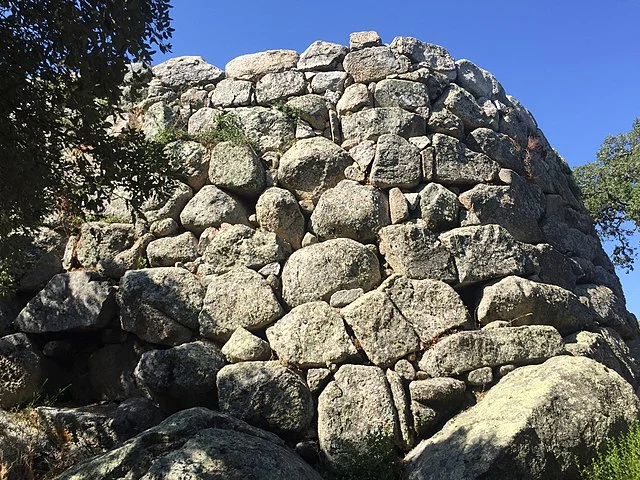
The Nuragic people used local basaltic rock to construct Nuraghe Majori, employing a technique called “dry-stone masonry.” This approach involved stacking large stones without mortar, relying on the weight and shape of the stones for stability. Builders carefully selected each stone to fit securely with others, ensuring the structure’s durability.
The tower’s design emphasizes defensive purposes. Narrow entrances, thick walls, and raised platforms suggest that Nuraghe Majori served as a refuge or observation point. Its elevated position and visibility from a distance imply that it also held symbolic importance for the local Nuragic communities.
Nuraghe Majori and Nuragic Society
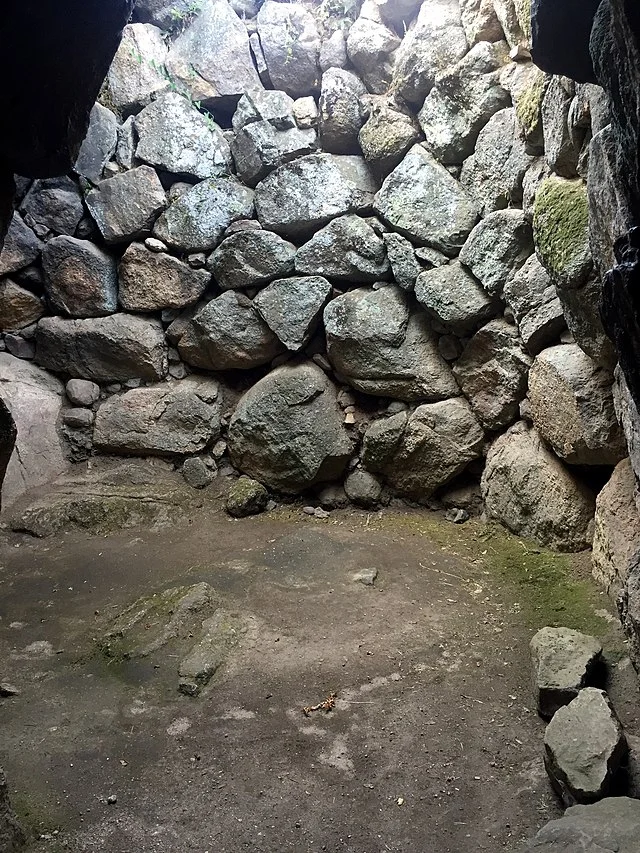
Archaeologists associate Nuraghe Majori with the broader Nuragic civilization, whose people built thousands of nuraghi across Sardinia. These structures likely played important roles in the social and political lives of the Nuragic communities. Nuraghi may have functioned as residences for local leaders, meeting places, or religious sites.
Studies on Nuraghe Majori, combined with artifacts recovered from nearby sites, indicate the complex social organization of Nuragic society. Tools, pottery, and other remains suggest that residents engaged in agriculture, metalworking, and trade with Mediterranean civilizations, including the Phoenicians and Mycenaeans.
Excavations and Findings
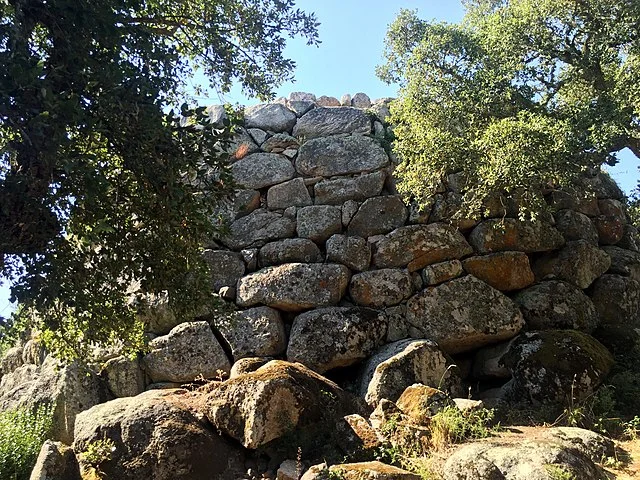
Archaeological excavations at Nuraghe Majori have revealed valuable artifacts, such as pottery fragments, bronze tools, and other objects typical of the Nuragic era. These items help researchers piece together daily life in Nuragic Sardinia, showcasing the civilization’s craftsmanship and trade connections. Some items reflect Sardinia’s interactions with other Mediterranean cultures, illustrating the island’s role as a trade hub.
Archaeologists also found evidence suggesting that Nuraghe Majori remained in use through the Roman period. Romans might have repurposed it, adapting the structure to fit their needs, as seen in many nuraghi across the island. Such extended use underscores the architectural strength and cultural significance of the nuraghe over centuries.
Significance of Nuraghe Majori
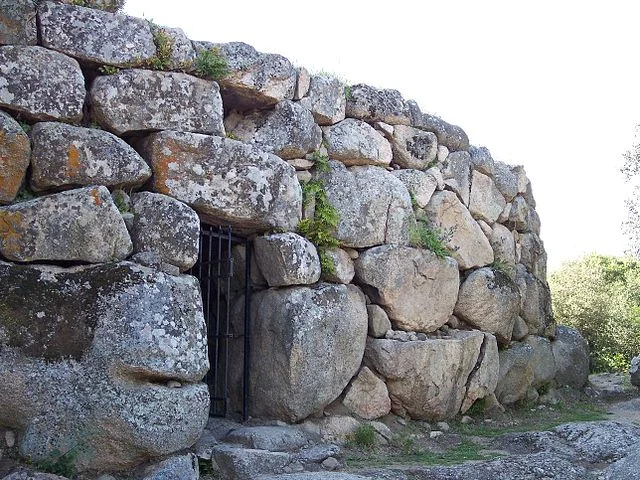
Nuraghe Majori provides critical insights into the Nuragic civilization’s architectural techniques and social structures. It offers a glimpse into the lives of Sardinia’s prehistoric communities, illustrating how they interacted with their environment and neighboring cultures. For modern visitors, Nuraghe Majori serves as a key link to Sardinia’s ancient past and an enduring symbol of Nuragic ingenuity.
Source:

